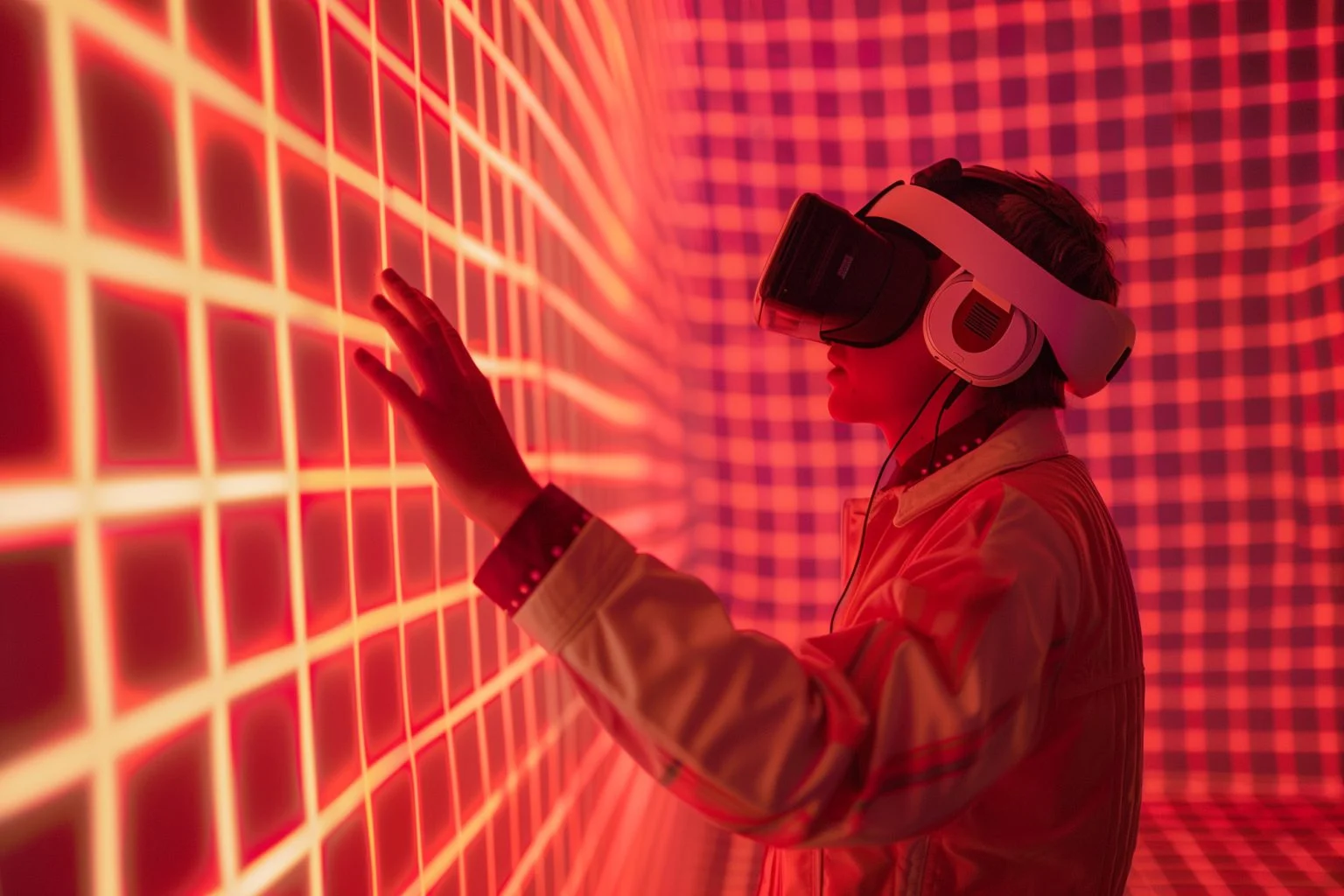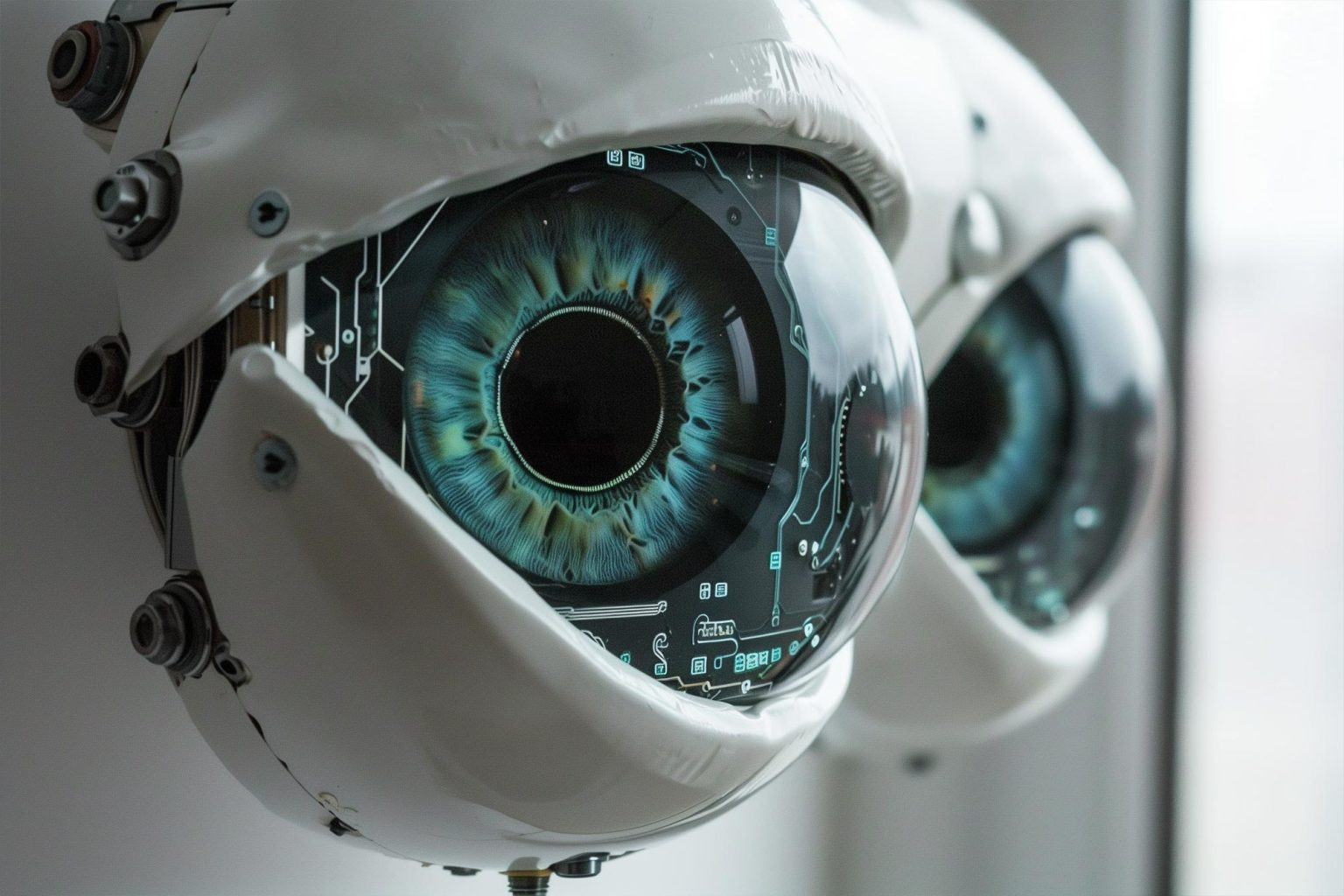The Star Trek-style holodeck can be an outstanding tool for controlling and training AI-operating robots. Things like holograms, data gloves, and 3D augmented reality are tools that make it possible to teach AI in new ways.
This thing gives a new ability to make robots that can fix something complicated. In ideal cases, the maker of the systems, like washing machines, can store the orders of how to remove and connect parts into the database.
The database can include all the system details. Those details are the things like how big skews the system involves precisely where those screws are in the machines.
The robot might have ultrasound and pressure equipment that allows it to clean and disconnect parts if they are stuck because of dirt.
The system can scan things like washing machines that the robot should fix. Then the human assembler can make the repairments in virtual reality. Then the movements and other things that the assembler used can be transferred to the robots.
"Researchers at the University of Maryland have developed the Artificial Microsaccade-Enhanced Event Camera (AMI-EV), inspired by human eye movements, to enhance robotic vision by reducing motion blur in dynamic environments. (Artist’s concept.) Credit: SciTechDaily.com" (ScitechDaily, Mimicking the Human Eye, Researchers Revolutionize Robotic Cameras)
The AI can locate every single screw, and then the system must only know, what direction it must turn the screw. The system can give serial numbers for screws so that it can remove them in the right order. Developers can use the hologram-based VR to operate any physical system remotely.
Holograms and VR augmented reality can also used to test things like space functionality. The AI can simulate echoes and other things. That helps architects solve many problems before the building work begins. The hologram systems can also show, what the house looks like in a real environment. The same systems can operate aircraft remotely.
Researchers can use robot systems to teach all kinds of systems. From everyday robot workers to space and military robots.
If the robot has things like robot eyes that work and look like human eyes, those systems allow operators to remote control robots, like they are own bodies. The robot eyes that mimic the human eye can also act as bionic eyes that can transfer information into the brain's visual center. The bionic eye can operate in place of the human eye. Or it can operate remotely.
The bionic eys can also installed in robots and drones can transmit data to the screens. Or they can give stimulation to the brain's visual center using electrodes that stimulate those neurons. The bionic eyes make it possible to scan the space remotely.
https://scitechdaily.com/mimicking-the-human-eye-researchers-revolutionize-robotic-cameras/
https://scitechdaily.com/not-science-fiction-researchers-recreate-star-treks-holodeck-using-ai/





No comments:
Post a Comment
Note: Only a member of this blog may post a comment.